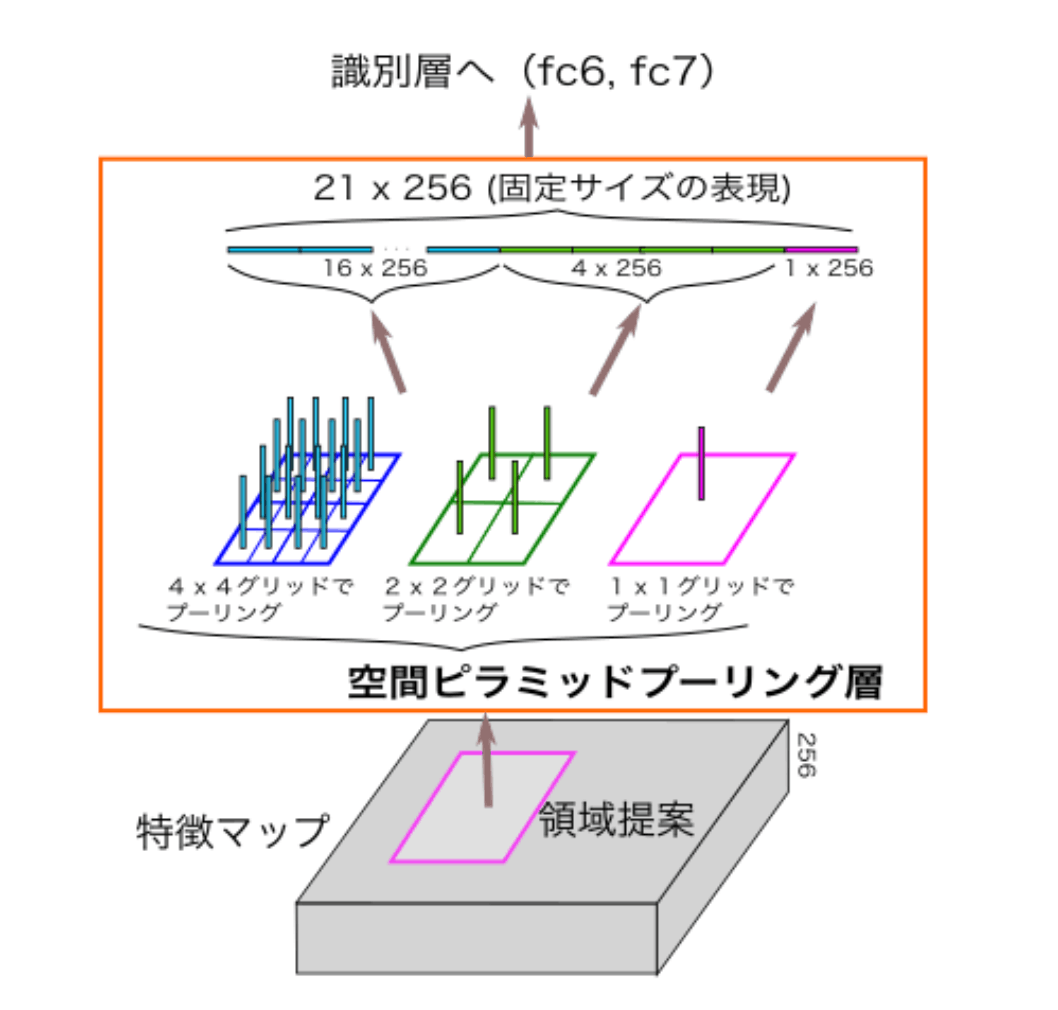【ML】List of Pooling Types
This article is a summary of pooling in machine learning.
1. Max Pooling
・Description:
Selects the max value in the filter.
・Feature:
Captures the most prominent features and is less sensitive to the exact location of features.
2. Average(Mean) Pooling
・Description:
Takes the average value in the filter.
・Feature:
Provides a smoother representation, but can lose sharp features.
3. Global Pooling
・Description:
Apply the pooling to all of values in the map. So the output will be one value per channel.
・Feature:
Typically used at the end of the network to convert a feature map into a single vector, which can be fed into a fully connected layer.
4. Min Pooling
・Description:
Selects the minimum value in the filter.
・Feature:
Not commonly used, but it can be beneficial in scenarios where the presence of low values is more critical.
5. L2-norm Pooling
Description: Computes the L2 norm in the filter.
・L2-norm Formula
where
・Example
consider a 2x2 pooling window applied to the following values.
[[1, 2]
[3, 4]]
The L2-norm of this window is computed as:
・Feature:
Useful in certain contexts where the magnitude of the feature is important or needs to reduce the sensitivity to outliers compared to max pooling.
6. Mixed Pooling
・Description:
Combines max pooling and average pooling by taking a weighted average of both.
・Formula
・Feature:
Can potentially combine the strengths of both max pooling and average pooling.
7. Fractional Max Pooling
・Description:
Performs pooling over non-integer(fractional) window sizes and strides.
・Feature:
Offers more flexibility and can be useful for more precise downsampling.
8. Adaptive Pooling
・Description:
Adjusts the pooling operation to output a fixed size, regardless of the input size.
・Feature:
Useful when the network needs to handle variable input sizes, often used in fully convolutional networks.
9. Stochastic Pooling
・Description:
Selects a value by following the calculated probability.
・Example
consider a 2x2 pooling window applied to the following values.
[[1, 2]
[3, 4]]
Then, probability of each value is
For instance, the value 4 has a 40% chance of being selected, while the value 1 has a 10% chance.
・Feature:
Good: Adds a regularization effect, reducing overfitting by introducing randomness.
Bad: Compare to basic pooling, unstable(incread variance), complex calculation, sensitive to hyperparameter(window size, stride).
10. Spatial Pyramid Pooling (SPP)
・Description:
Pools feature maps at multiple levels and combines the results.
Please see this site for more detail information(Incredibly easy to understand).

・Feature:
Allows the network to maintain spatial information at multiple scales, useful for handling varying feature without resizing.
Reference
[1] 空間ピラミッドプーリング層 (SPP-net, Spatial Pyramid Pooling) とその応用例や発展型
Discussion